How to find a unique symbol when nothing comes to mind
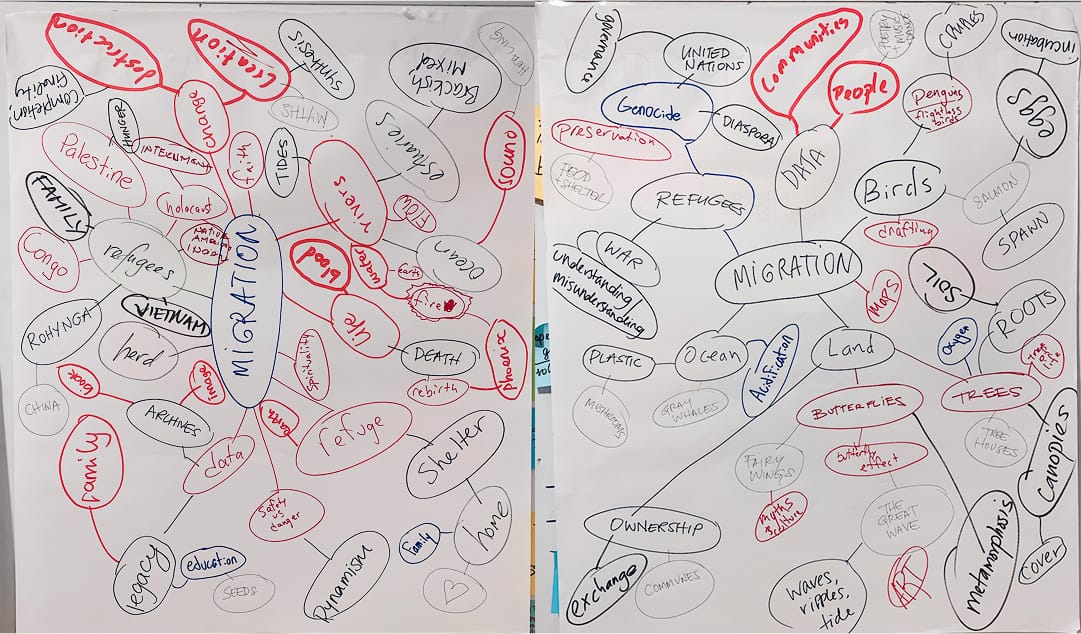
Product UI is one context where you'll need symbols. For example: navigation icons or icons on buttons.
They should be hyper-recognizable. Any confusion or a tiny doubt "what may it mean?" can result in onboarding drops, uncompleted transactions, frustrated users, and other product drama. If your industry already uses a particular symbol, don't reinvent the wheel. Use what's familiar.
Another area where you'll need symbols is visual branding. For example: logo, brand identity graphics, swag, etc.
Here, your approach should be absolutely opposite because to start convincing people (to get them to say the first "Yes!",) you need to spark curiosity. And familiar symbols alone don't make you raise an eyebrow.
If your product comes from an abstract tech area (for example, agentic AI, security audits or data infrastructure) and — let's level up the complexity! — has a made-up name, finding a good symbol becomes a tough creative task.
You may feel tempted to take a stereotype-driven shortcut:
Decentralized infrastructure? We can use a network of blocks. Or mycelium.
Everything-AI? Neural networks, infinite circles…
Security? How about shields, locks, or masks?
Sometimes such shortcuts work. But in the long run, try to avoid them. Here's why.
Today I want to share a collaborative mind-mapping exercise that I use for finding better concepts when I work with difficult-to-visualize tech. I call this exercise "Visual Anchors."
You can do it alone, but you'll get more interesting results if you involve a few people.
If you don't have your team around, friends, family, or builders in your hackerspace will do a great job. No one needs to know details about your project to participate.
Step 1
Write three visualizable nouns that they associate with their product.
You cannot touch the rainbow, but you can see it.
You'd better not touch the lightning, but you can see it.
These are exactly the type of nouns you need.
You cannot use words like democracy or productivity. Use a raised hand or a bee instead.
Make sure these words have enough space for another 6-7 similar words between them.
Step 2
The next person in the group adds 2-3 visualizable associations (nouns) to the existing words on the paper.
Now we have three mini mind maps. Every map has a root word and a few first-level branches.
Step 3
The next person in the group adds 2-3 visualizable associations to the first-level endpoints. Now you have three 2-level mind maps.
Repeat adding levels until everyone has contributed.
You'll get a few dozen nouns. Some may feel odd or completely off-topic. That's a sign of an exercise done well.
Last step
It's time to connect the dots:
What if you merge a few of them together?
What visual metaphors do you see?
Whatever you choose, it is already far away from overused industry cliches.
When nothing comes to mind, give this exercise a try. It will help you find the deeper concept for your brand symbols — whether you need a logo, event graphic, or an entire visual narrative.
Yours,
Ira
No spam, no sharing to third party. Only you and me.
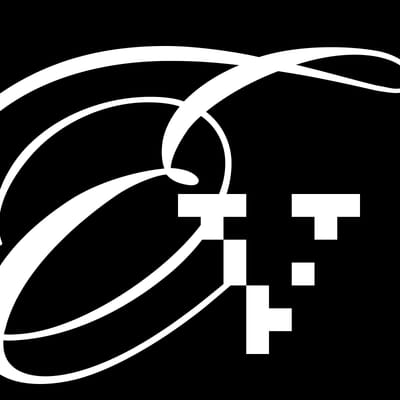
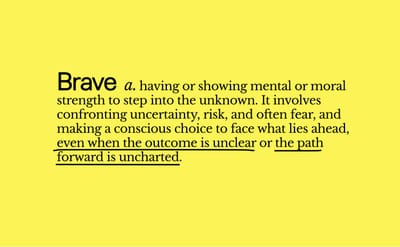
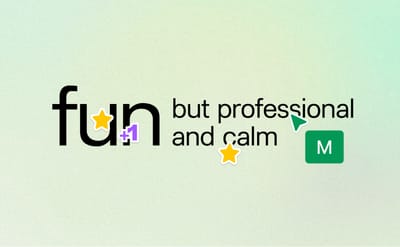
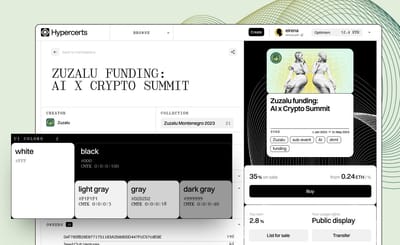
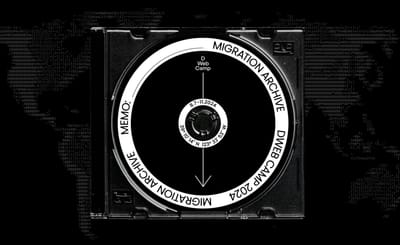
Member discussion